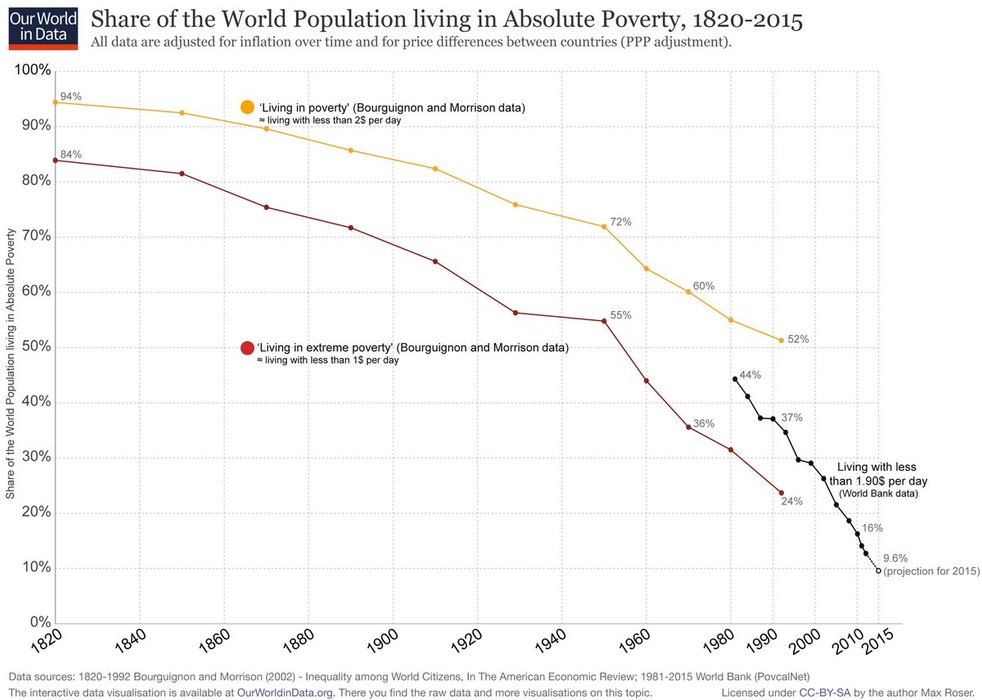Sublime
An inspiration engine for ideas
A lower number might be necessary if mobile phones are the main devices for…
Some highlights have been hidden or truncated due to export limits.
Jenni Romaniuk • Better Brand Health eBook
On constate depuis 2010 un ralentissement des gains d’espérance de vie, plus proche de 1,5 mois par an, plus marqué pour les femmes que pour les hommes. Ce ralentissement a déjà été observé dans d’autres pays européens, notamment dans les pays nordiques.
Antoine Bozio • Parlons retraite en 30 questions (French Edition)
third-party data, research, reports, articles, websites, reviews, press, and social media.
Martina Lauchengco • Loved: How to Rethink Marketing for Tech Products (Silicon Valley Product Group)
There are still a few regions with very high fertility rates—notably in sub-Saharan Africa—and as a result, living standards are not yet rising at the rates needed to end poverty in those places. The expectation is that with more urbanization and longer years of schooling, especially for girls, fertility rates will decline in those places as well.
... See moreJeffrey D. Sachs • The Ages of Globalization: Geography, Technology, and Institutions
numbers. Using a variety of approaches (TAM, cost savings, macro market trends), our goal is to build a compelling narrative to determine whether our metaphorical fish is swimming in a big enough pond.
Patrick Vernon • Venture Capital Strategy: How to Think Like a Venture Capitalist

Years to double personal resource abundance (YD-pRA) tells you the length of time required for a resource to become twice as abundant
Marian L. Tupy • Superabundance: The Story of Population Growth, Innovation, and Human Flourishing on an Infinitely Bountiful Planet
remarkable record of English “consumable” prices since the year 1264, compiled with great care by Henry Phelps-Brown and Sheila Hopkins. This index shows that market prices of food, drink, fuel and textiles in the south of England have tended to rise for more than seven hundred years, at an average rate of about one percent each year.2
